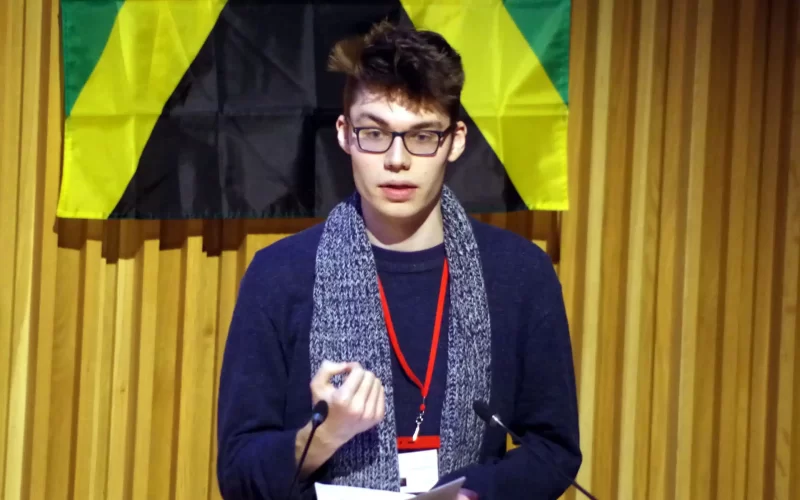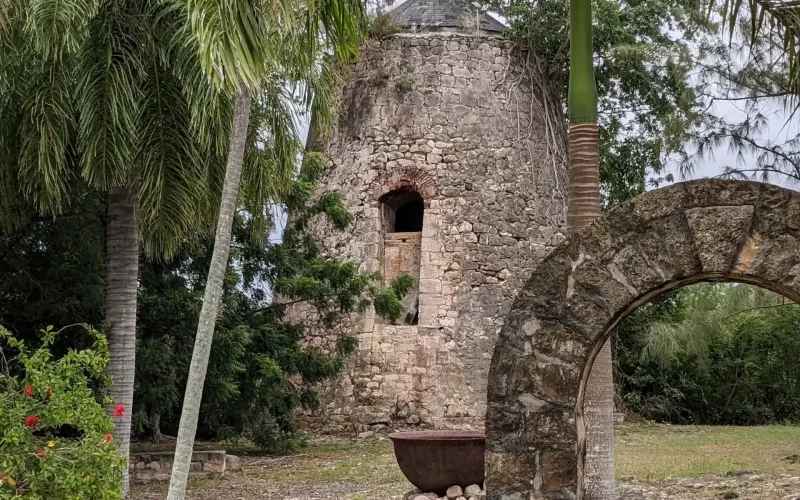The lease on 8 Cathedral Green, now the museum building, was purchased in 1817 by Joseph Lovell Lovell (1780-1842), a prominent solicitor and twice City Mayor. He managed the legal affairs of the Tudways and Dickinsons, including their enslaved-labour plantations in Antigua and Jamaica respectively. J.L. Lovell’s name is carved on a pavement stone to the front of the building to mark the renovation works he undertook.
Wells & Mendip Museum was founded in 1893 by Herbert E. Balch, a renowned amateur archaeologist, naturalist and caver. The museum was intended to showcase his extensive collections of historical artefacts and natural specimens. In 1932 the collections were moved from Wells Cathedral’s cloisters to their current home in the former cathedral chancellors’ house, 8 Cathedral Green. The exhibits have since grown to encompass many artefacts of local and national interest in the fields of natural history, archaeology, geology, and social history.
The items listed below are in the museum collections and will be on display in galleries currently being developed. They help trace the connection between Wells and transatlantic slavery.












